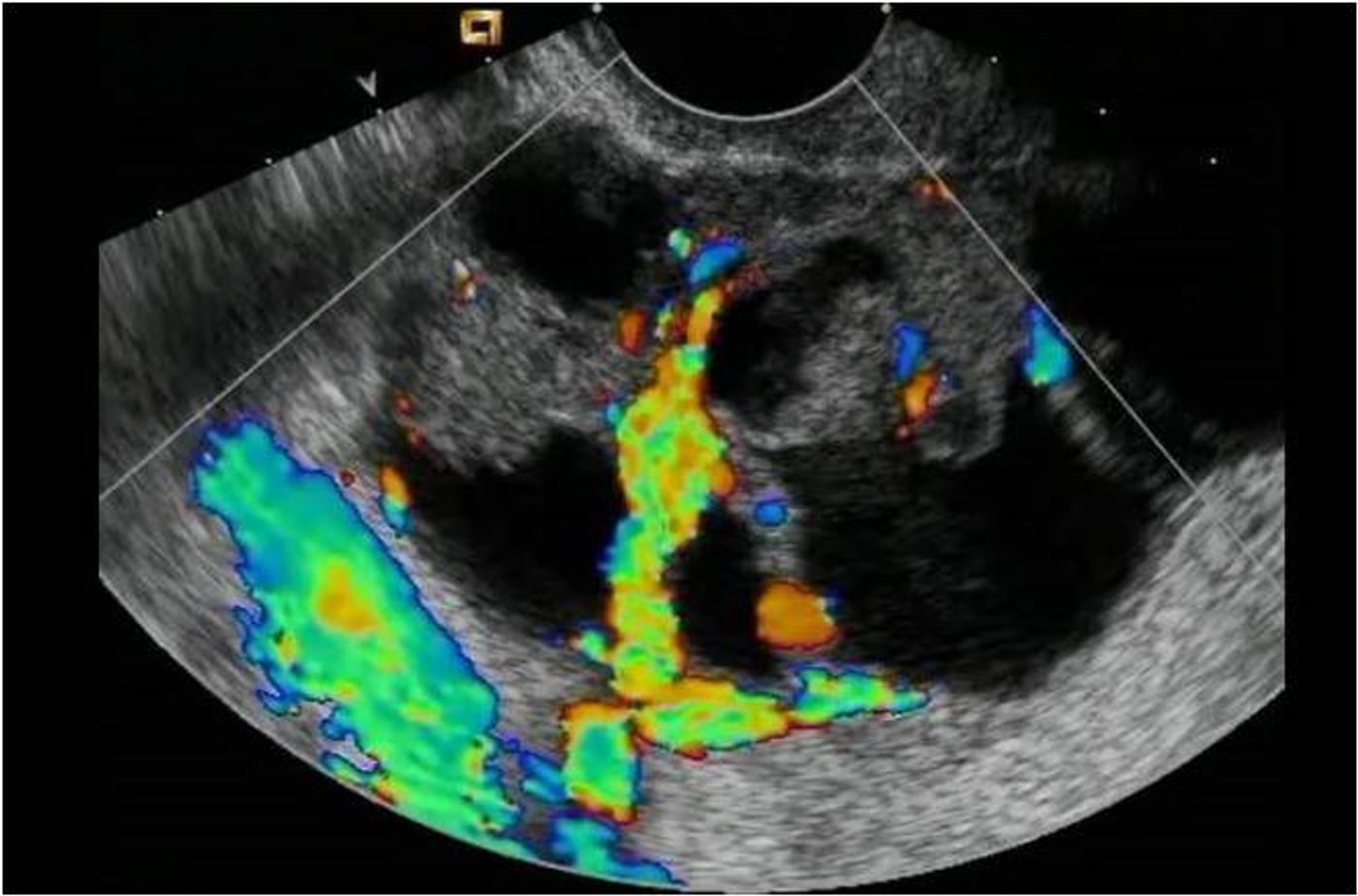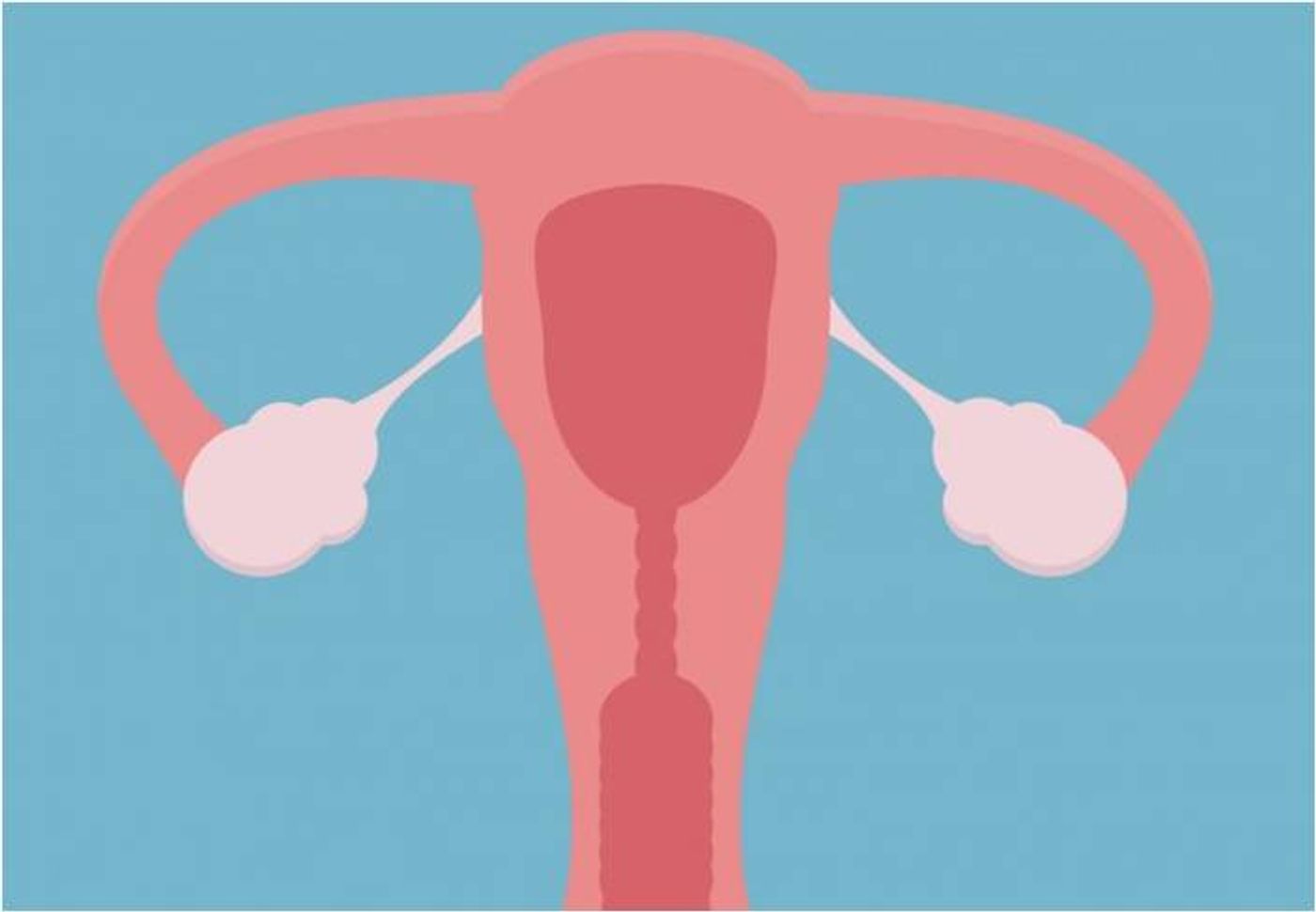Ovarian cancers have one of the highest mortality rates, ranking fifth in cancer deaths among women. Early detection is key for survival; however, pre-operative diagnostic tests be inconclusive, especially for difficult-to-screen masses. Researchers now say a
new adaptation on the existing “simple rules” can calculate risk for ovarian cancer with an astounding 98% accuracy.
The American Cancer Society estimated over 21,000 women in the US received a new diagnosis of ovarian cancer in 2015. Of these newly diagnosed women, about two thirds will succumb to the disease. Early and correct diagnoses of ovarian cancer have measureable improvements for patient survivals.

To predict whether a mass is benign or malignant, clinicians have been applying a set of
Simple Rules outlined by the International Ovarian Tumor Analysis (IOTA). These rules discriminate 10 unique features observed from ultrasounds, such as growth size and edge details of the mass. From this checklist of sorts, clinicians classify the uterine mass and decide whether or not to operate. While easy to use, the rules did have limitations.
"The
Simple Rules are intuitively attractive because of their ease of use, however, when used as originally suggested, they allow only a categorization of tumors into three groups: benign, malignant, or inconclusive," explained Dr. Timmerman, IOTA group leader, Department of Obstetrics and Gynecology, University Hospitals Leuven, Belgium.
To overcome this limitation, the researchers set out to adapt the
Simple Rules so that it can actually calculate the relative risk of a suspected mass being cancerous in a particular patient. They also wanted to reduce the number of “inconclusive” diagnoses given to patients using the original method.
In
a landmark study, the researchers collected tumor data from nearly 5,000 women from 22 health centers in 10 countries spanning the course of 13 years (1999-2002). The researchers then created a mathematical algorithm that weighed each of the features in the
Simple Rules based on its likelihood of being benign or malignant.
When the algorithm was applied ultrasounds of patient tumor masses, it produced 98% accuracy in predicting ovarian cancer risk. The malignancy rate was 34% overall, with 42 years being the median age of patients with benign tumors, and 57 years being the median age of patients with malignant tumors.
"A simple classification based on these risk estimates may form the basis of a clinical management approach. This will hopefully facilitate choosing optimal treatment for all patients presenting with adnexal masses."
In an editorial review of the study, Dr. Beryl Benacerraf, President of the American Institute of Ultrasound in Medicine (AIUM) and Clinical Professor of Radiology and OB GYN at Brigham and Women's Hospital, commented on the innovative simplicity of this new diagnostic method.
"The investigators have finally been able to level and elevate the playing field so that everybody can practice with expert results in this regard," Benacerraf said. "Not only have the five simple rules demonstrated that you don't have to be an expert to evaluate ovarian masses accurately, but that one can do so simply, reproducibly and reliably."
Additional source:
Science Daily










